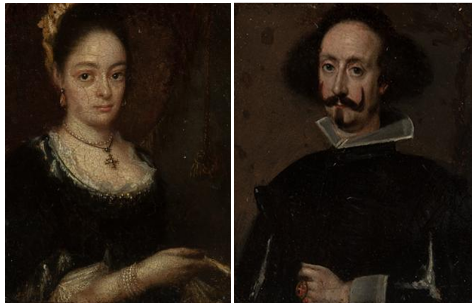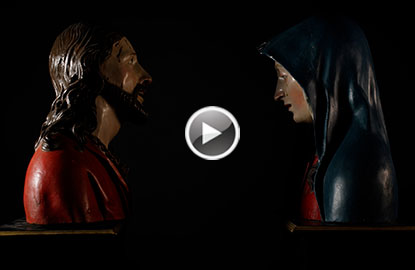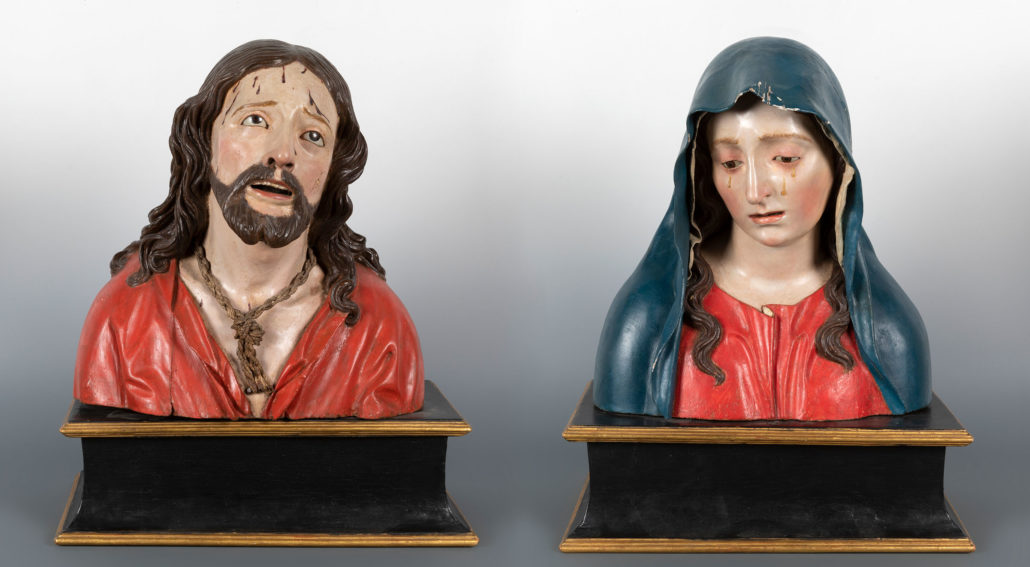This is custom heading element
Our people have a habit of summarizing great foundations of our character. Temperament, tradition and culture are reflected in sayings and set phrases, ready to be used loudly at the appropriate moment, as if it were a sentence. “The eyes are the mirror of the soul” is perhaps one of the most weighty. If we apply this sentence to our art, it is capable of revealing one of the fundamental reasons why we can affirm that Spanish art is overwhelming.
Four strokes were enough for Goya or Velázquez to paint, not a credible portrait, but a deep glimpse of soul that transcended the canvas. It could be considered as a psychological capture of the character but there are eyes that, due to the strength of the message, say much more than a mere state of mind. The baroque, as an artistic movement, represents the paradigm of complexity, excess, passion and the exaggerated representation of reality to impact the viewer. Lope de Vega perfectly described the duality and extreme of the Spanish gaze of his time: “ You kill with love and you don’t know about loves, sure of poison and more tyrants than Nero was, because you set the world on fire ”. Stares with such force that they burn with love and hate.
Those portrayed in the Spanish Baroque, such as lots 35147351 and 35147352, are practically archetypes of Spanish aristocrats. One showing her high position in a restrained way, defending her blood with a tiny cross of Santiago and she, from luxury, the exuberance of her clothes and jewels. The cold and distant demeanor can be a deliberate barrier with which to mark distance, but both have been left naked by their eyes. The haughtiness and dignity of his privileged condition vanish before human eyes, as much as ours. They show strength, weakness, arrogance and especially in the case of women, warmth.

In the execution of works of religious theme it is possible to see this same approach. The background in the eyes of a Christ or a Virgin like the ones in the lot… At first glance they would be striking for their theatricality and realism in the fineness of the finishes, such as the detail of the pupils or the flashing tears in glass. Perhaps there is something else behind that cursory first glance, in our opinion there is. Art aimed at explaining the divine has a didactic value, since it aims to make understandable foundations practically incomprehensible to the human mind. How to do it? Spanish artists were the best at it. We could summarize it as “making the divine human and the divine human.”
Seeing ourselves reflected in the images, sharing their feelings, empathizing with them and feeling wrapped up in an exercise, not praying, but sheltering under eyes that understand us, that suffer like us. Although they are inert, they seem to have lived like us, and, although being a piece of wood, they tell a story in which we could have been participants. The eyes of the Virgin’s heartbreak are similar to those of any person in the face of the loss of a loved one, and those of Christ, of a forgiveness as true as the ones we would like to find when we beg.
All these eyes are a door to the lives of people like us, to those of the portrayed who looked at the artist, and of course, to those of the Spanish Baroque artists who managed to lock them up until today. Let’s stop at those looks.





